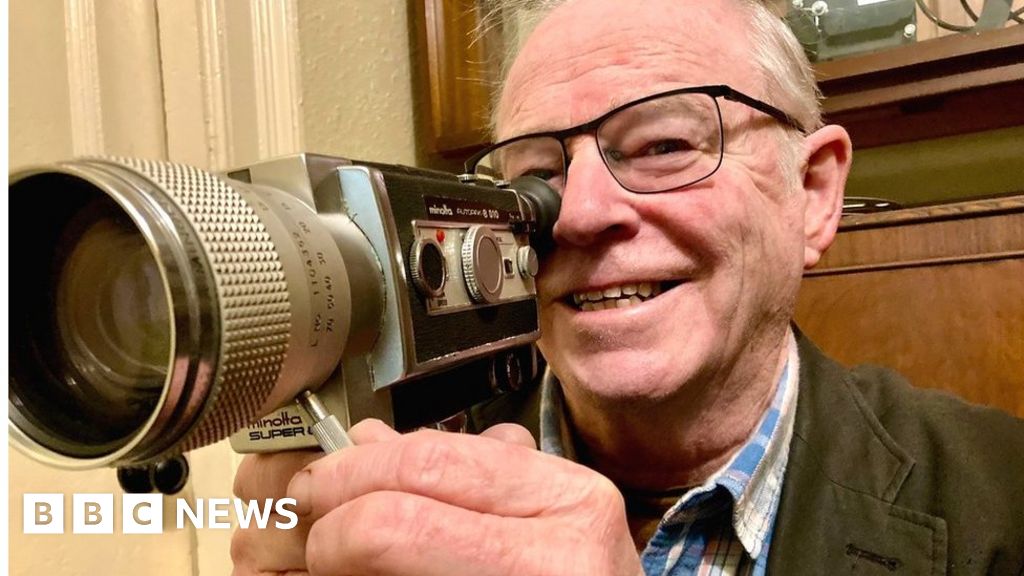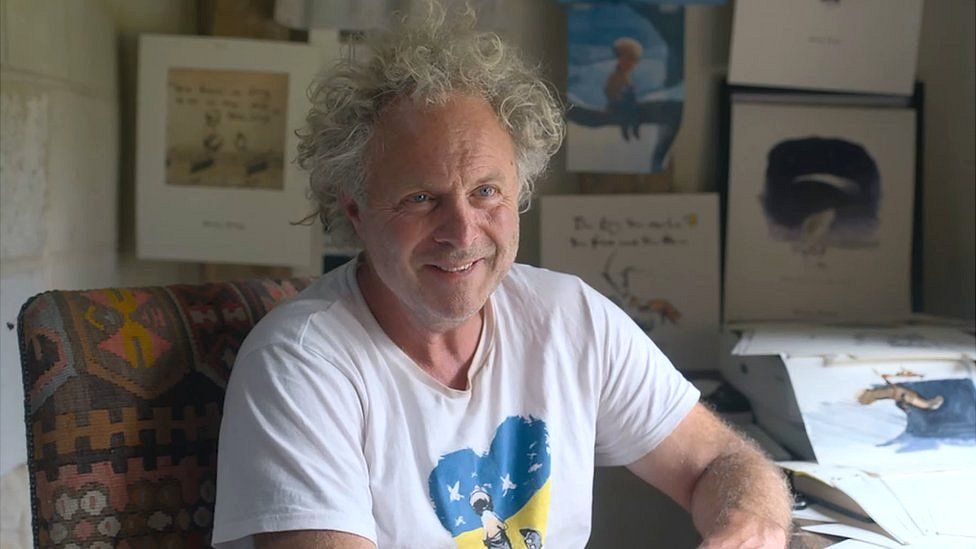There is a hidden cinema in a basement apartment on a residential street in Edinburgh's New Town, a secret that dates back nearly 90 years.
People have been passing the Georgian townhouse at 23 Fettes Row for years without realizing what was on the inside.
Since the 1936 founding of the Waverley Cine Society by a group of amateur film enthusiasts, it has been the location of a movie theater.
The club once had a waiting list for membership, and the Queen Mother visited it in the 1970s after a significant renovation.
The club is about to open its doors to the public in an effort to draw in new members, but since the 1980s, numbers have decreased due to changes in technology.
Stewart Emm, the secretary of what is now known as the Edinburgh Cine and Video Society, gave BBC Scotland a tour of the backstage area.
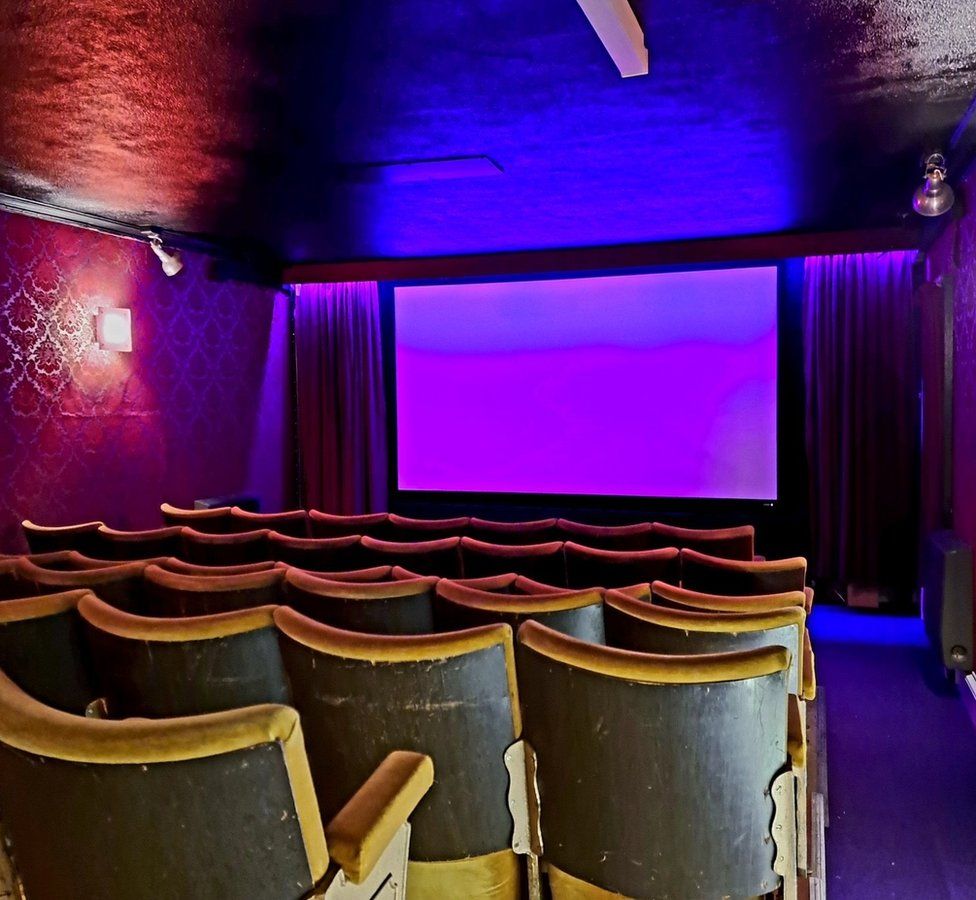
We enter the basement apartment through a hallway that passes by several dim rooms and former studios before turning left and passing a kitchen.
The 52-seat theater, which is covered in embossed wallpaper from the 1930s, is accessed through old wooden doors on the right.
The projector room is accessible via a small door on the opposite side of a large room with movie awards hanging on the wall on the left.
The 76-year-old Mr. Emm claims, "Since nobody knows we are here, we are kind of a secret cinema.".
Soon after the society was established in the 1930s, the New Town building underwent its initial transformation into a movie theater.
The plan was to screen the amateur films that club members had produced at their regular meetings or during various summer outings.
Over time, it accumulated a collection of film clips that together form an important archive of social history in the life of Edinburgh.
According to Mr. Emm, "sometimes we would all get together to make a club comedy, fiction, or travel documentary.".
Members of the club could demonstrate their finished films and learn techniques for editing.
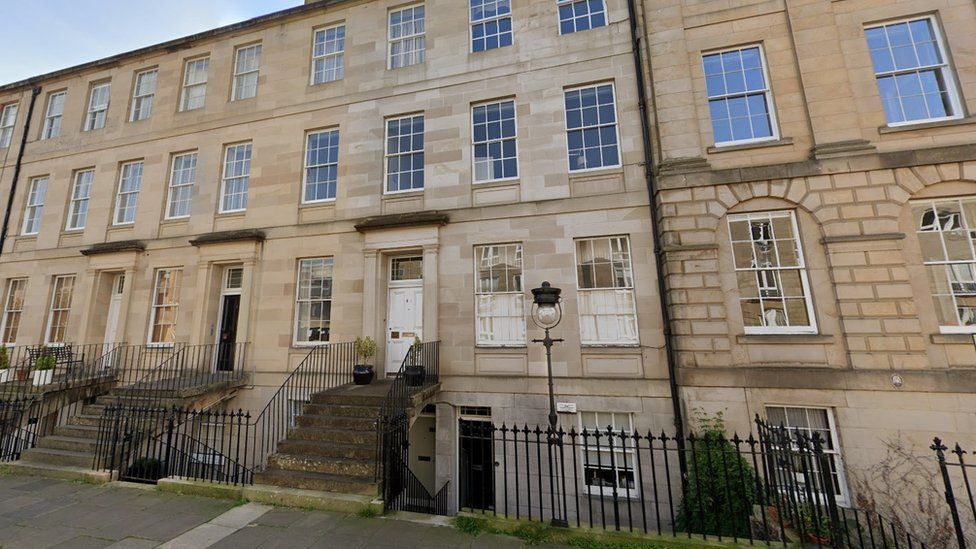
The club's facilities originally consisted of three floors, with a sub-basement rented out to cover the mortgage when the society was first established.
When World War Two broke out, the club's filmmaking activities were hampered, but female members kept the society going by planning fundraisers to help with the mortgage payments.
After the war, it saw a revival. Regular meetings were held on Friday nights, and film-making groups met on the weekends in newly renovated club rooms.
In the 1950s, stock from a nearby theater that was closing in place of the old bus seats that were initially used in the theater.
With a separate projection box, this resulted in a 78-seat auditorium.
In the 20 years following the war, according to Mr. Emm, the club "flourished," growing to its 150-member maximum capacity while also maintaining a waiting list.
In 1959, the mortgage was completely paid off. Despite being located, three of the original five investors chose not to accept repayment.
The building, which was 150 years old at the time, underwent extensive renovations after being listed as a historic structure in the early 1970s.
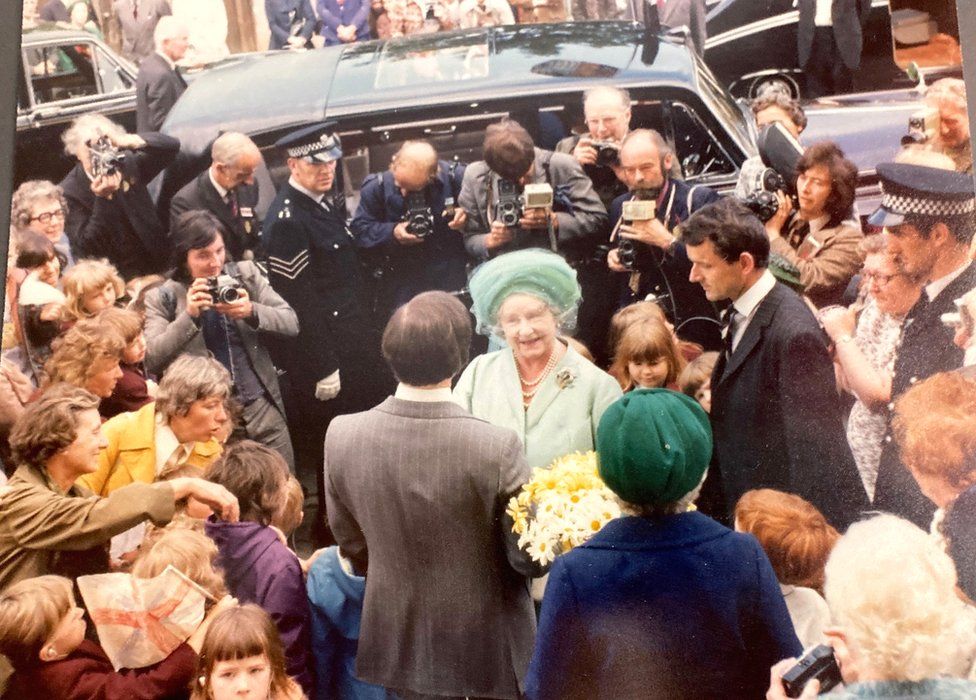
Following those renovations, the Queen Mother, who served as the conservation committee's patron, unveiled a plaque on the private movie theater and took a tour of the club rooms.
Like many earlier events in the history of the society, this was documented on film, according to Mr. Emm.
The club only kept the basement between the two floors, where it converted it into a smaller 52-seat theater, due to a decreased membership and the need to raise money for its portion of the building's renovations.
All of the joinery and painting work required to relocate the theater to the basement was completed by the members.
The society now only has the basement after the floors were sold off to pay for roof repairs. A room above the basement had previously served as the theater.
Then, in the 1980s, videotape emerged and threatened cine film.
Many of the participants expressed their displeasure and rejection of this new format vehemently.
They divided into two groups, with Thursdays becoming video nights and Fridays reserved for the main club activities, including cine films.
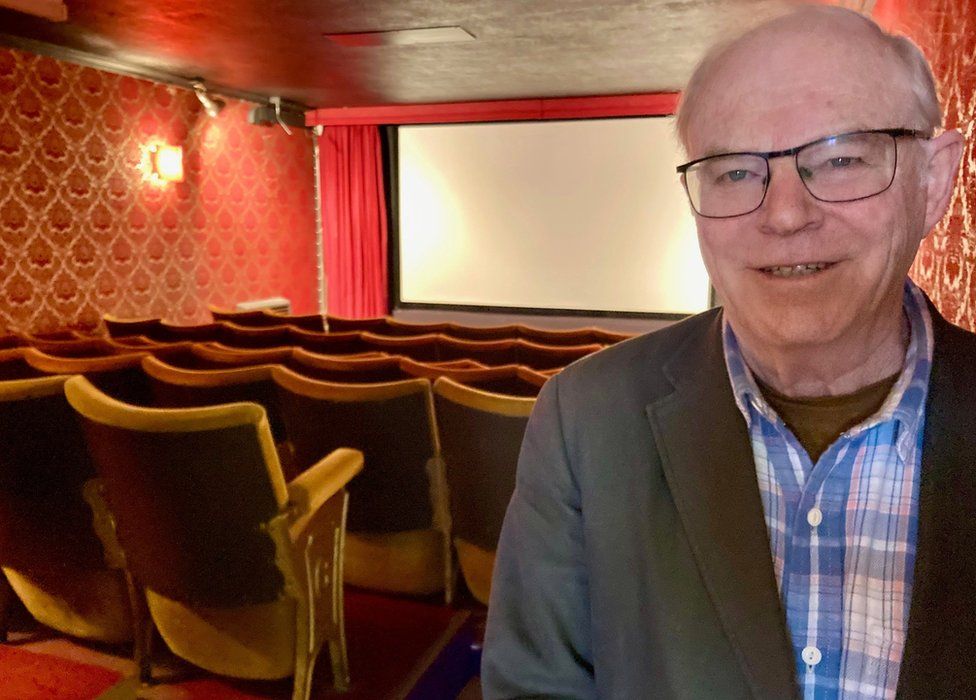
The society will open its doors the following week in an effort to draw in more members as its membership has shrunk to just 14—two of whom are in their 90s.
The current members would prefer not to be characterized as old, but they are now too old to maintain it, according to Mr. Emm.
"I believe we currently need some younger members.
"We have the technology and the knowledge, but we currently lack the creative component.
"We require actors for our films, as well as a drama group with the ability to write scripts.
. "

